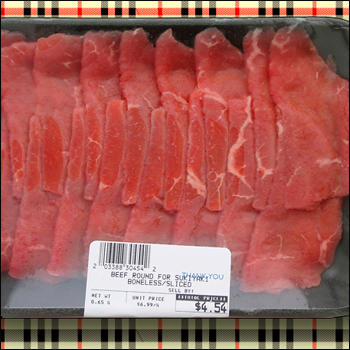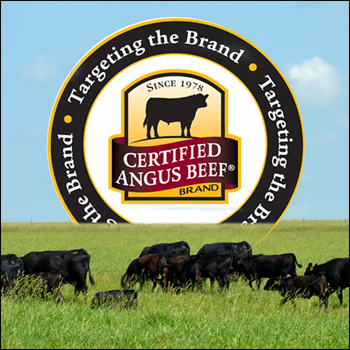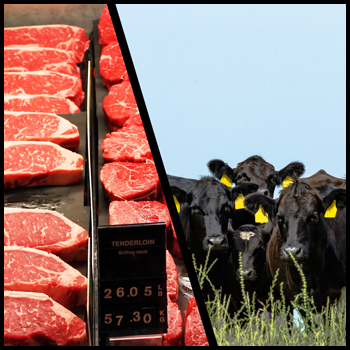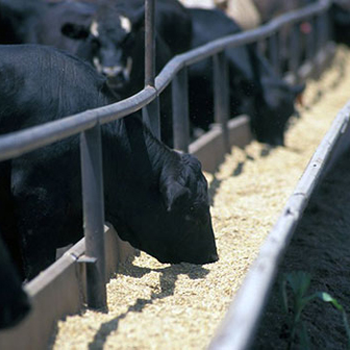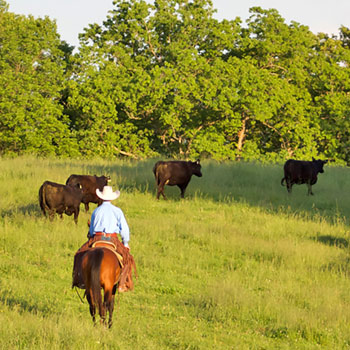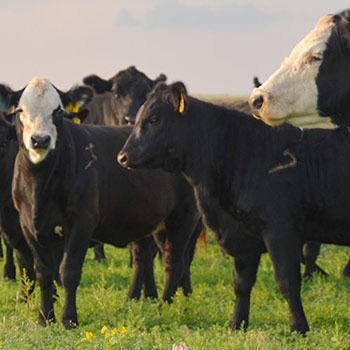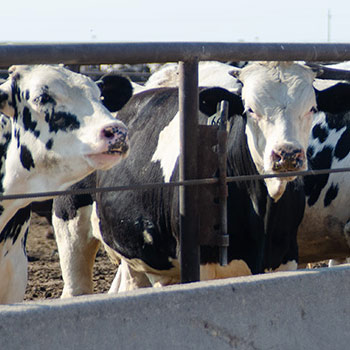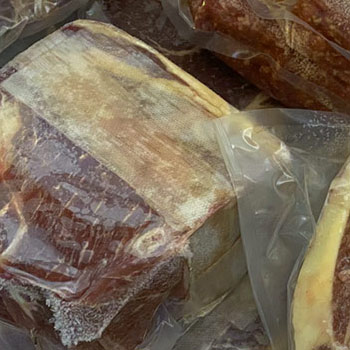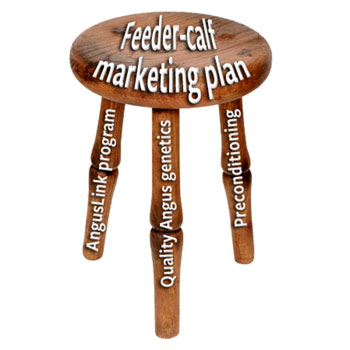Tighten the Breeding Season
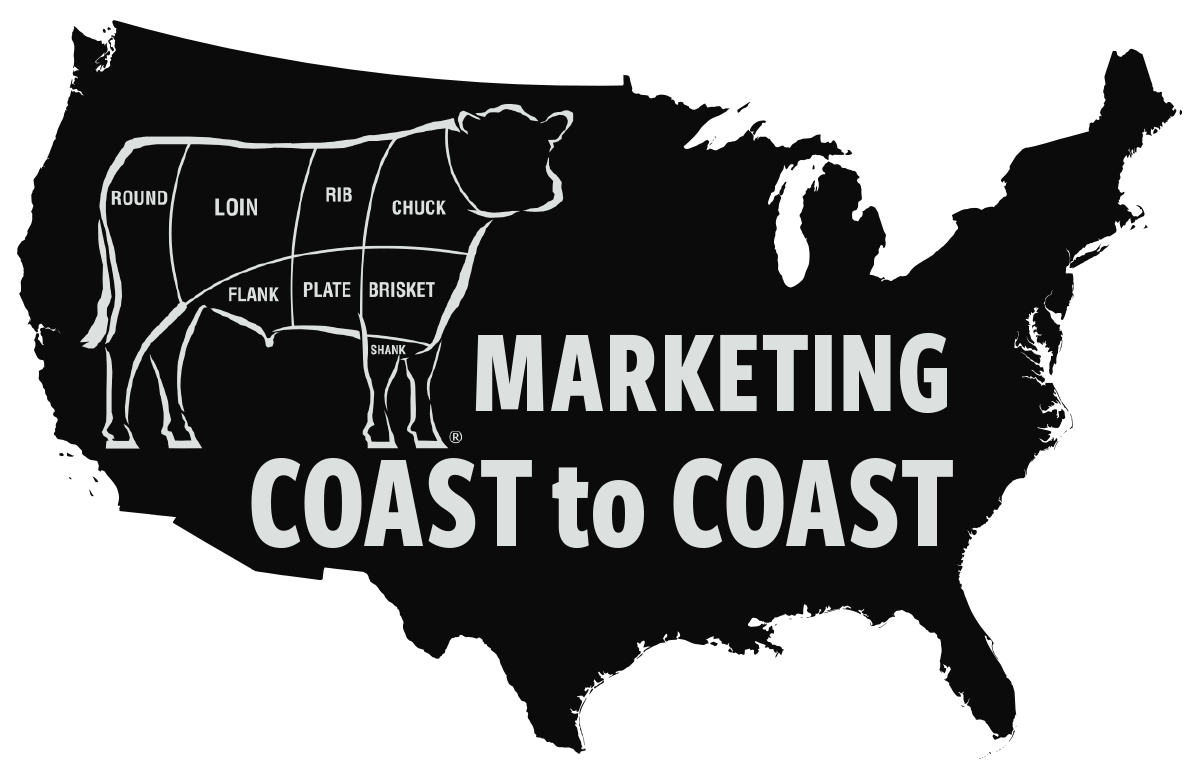
Keep shortened breeding seasons to produce more uniform calf crops.
In low-margin businesses such as cow-calf ranching, taking advantage of every profit-enhancing tool in the toolbox is important to long-term success and survival.
Well-defined 60-day breeding and calving seasons will pay off in heavier and more uniform groups of calves to sell at marketing time. If a small-scale cow herd can market a sizable number of calves together in one lot, they will realize a greater price per pound (on the average) than similar calves sold in singles or small lots. Proof of this concept has been reported in at least five different states. Studies in Kentucky, Arkansas, Texas, Oklahoma and Arizona have shown advantages in sale price for uniform lots of calves compared to singles and small lots (five or fewer).
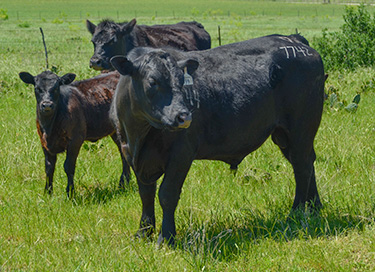 |
Small cow-calf operations can take advantage of these price differentials by achieving 60-day breeding seasons so that the calves are born in a short period of time and are of similar age and weight at sale time. |
Usable data were collected on 15,473 lots of feeder cattle sold at auction in eastern Oklahoma and Oklahoma City. Data were collected at 14 locations during October 1997. The number of head in a sale had a significant positive effect on sale price. Lots with 10 or more steers sold for $7.14 per hundredweight (cwt.) over the price of steers sold as singles. The premium for multiple-head sale lots held for heifers, but held at about $4.00 per cwt. Multiple-head lots that were not uniform sold for approximately $2.00 per cwt. less than uniform lots for steers and heifers. Although these data are now 23 years old, the concept remains just as important in 2020 as it did in 1997.
Results from Oklahoma Quality Beef Network (OQBN) sales in 2010 illustrated the advantage may be on the increase. Lots of 10 calves averaged about $8.00 per cwt. more than similar calves sold one head at a time. This advantage increases up to truckload-size lots of 40-60 head, for which sale price increases were noted as much as $12-$13 per cwt. as compared to similar cattle sold as singles.
A premium for uniform, multi-head lots is generally attributed to the convenience of filling orders for cattle of a specified description on the part of an order buyer. Also, larger, uniform lots may indicate a single point of origin for the cattle, leading to less stress and fewer health problems as may be associated with pen of cattle put together.
Small cow-calf operations can take advantage of these price differentials by achieving 60-day breeding seasons so that the calves are born in a short period of time and are of similar age and weight at sale time. This stresses the need for cows to be in good body condition at calving and for fertile bulls to be used only in short breeding seasons.
Editor’s note: This article is reprinted with permission from the June 22 Cow-Calf Corner, a newsletter published by the Oklahoma Cooperative Extension Service, for which Glenn Selk is an emeritus extension animal scientist. Photo by Kasey Brown.

